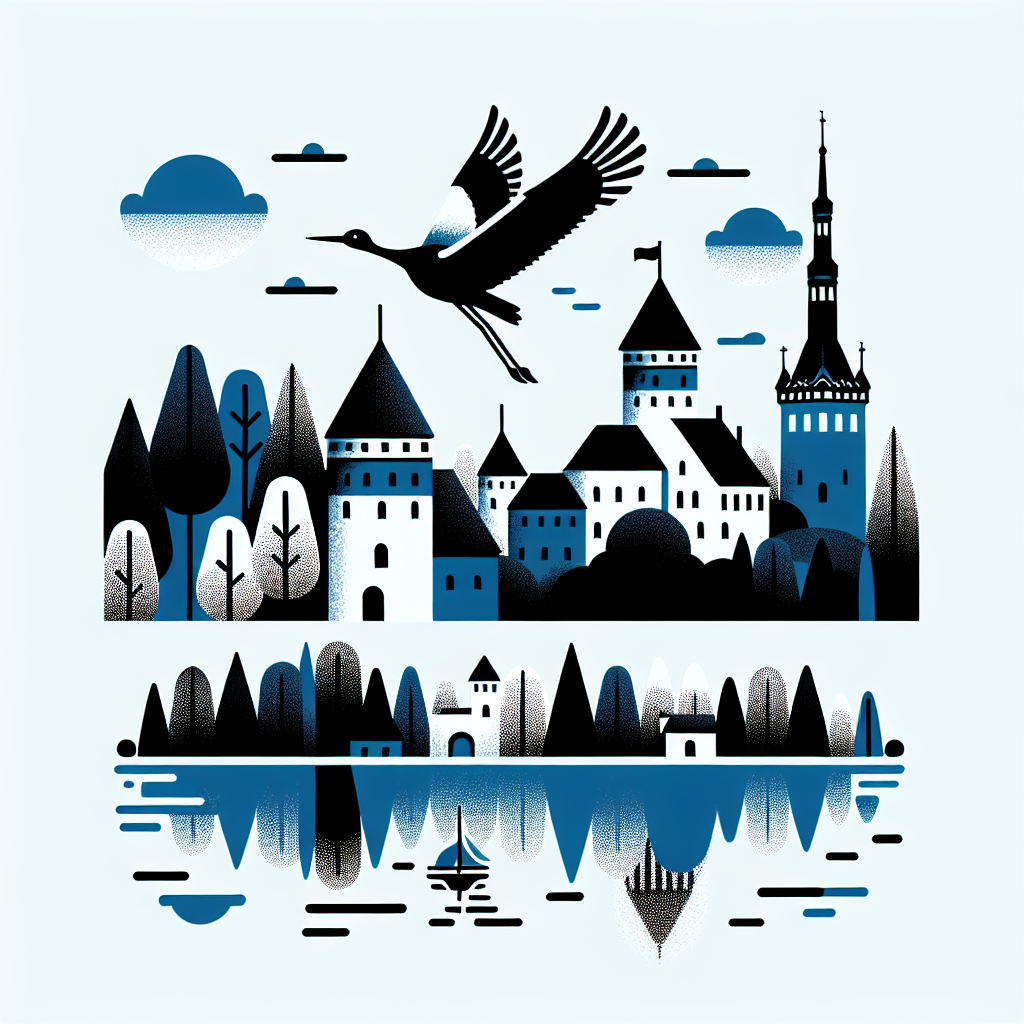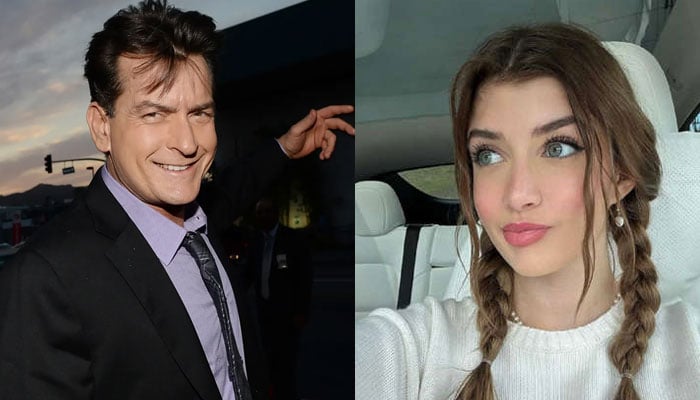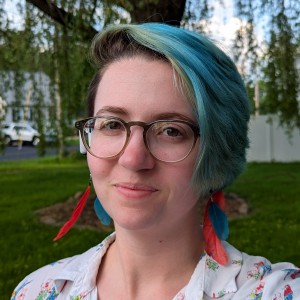You’ll want to take your time with this exhibition: the work in “Amalia Mesa-Bains: Archaeology of Memory” spans more than 30 years of the pioneering Chicana artist’s career. Now on view at The Cheech in Riverside, the retrospective features dozens of multimedia pieces, including large-scale installations that teem with small, beautiful details. (One piece, the artist told LAist, has 400 objects in it.
) Mirrors are also featured throughout the space. For Mesa-Bains, you, too, are worthy of contemplation. The show engages with many themes, but, above all, it emphasizes how people of Mexican descent have turned to creativity and community to withstand racism, colonization, xenophobia and exploitation.

In examining this lineage, the artist inserts herself — and museum-goers — among a cadre of irrepressible women. Mesa-Bains was born in Santa Clara in 1943. Her parents were undocumented Mexican immigrants.
They and the rest of her family raised other people’s children, worked the fields, tended to strangers’ gardens, fixed cars and built homes for people across the United States. Images of Mesa-Bains’ loved ones also play a key role in her work. Laura Pérez, an ethnic studies professor and chair of UC Berkeley’s Latinx Research Center, co-curated the exhibition.
Mesa-Bains, she said, “honors the people who came before us, [and] the people who are here now . . .
And all her memories, they begin with her own flesh and blood.” An overdue retrospective Mesa-Bains has been making art for more than a half century. Her pieces are held in major collections, including the Whitney and the Smithsonian .
In 1992, she won the prestigious MacArthur Grant. And yet, until recently, there had been no focused survey of her work. “Retrospectives are really important,” said María Esther Fernández , artistic director at The Cheech.
They’re “an opportunity to see the depth and breadth of an artist's work.” Male artists usually get retrospectives in their 40s and 50s, Pérez said. When she and Fernández managed to get the Mesa-Bains exhibition off the ground, the artist “was on the cusp of 80.
” After earning a bachelor’s degree in painting at San José State University, Mesa-Bains earned two master’s degrees, followed by a doctorate in clinical psychology. On top of being an accomplished visual artist, Mesa-Bains is an educator and cultural critic. In fact, Fernández first encountered Mesa-Bains through her writing.
As an undergrad at UCLA, Fernández read “ Domesticana ,” in which Mesa-Bains responds to Tomás Ybarra-Frausto’s seminal essay on Chicano artistic sensibilities. Mesa-Bains, in short, is a titan. And for Fernández and Pérez, the fact that she had not had a retrospective was “a scandal.
” Together, they set out to right that wrong. The co-curators launched the Mesa-Bains exhibition at the Berkeley Art Museum and Pacific Film Archive in 2022. The show has traveled to New York, Phoenix and San Antonio.
The national tour concludes at The Cheech. It runs until Aug. 3.
The show deliberately stops at cities with large Latino populations, Pérez said. “We wanted people to feel that the museum is theirs.” She also believes the retrospective has served to expand the public’s understanding of American art.
Since the show’s launch, Mesa-Bains told LAist, museum-goers of all ages have approached her in person and online. “I have had deep conversations with people about things like grief, family, loss, rage, land, history — everything. And I'm stunned by it sometimes,” she said.
These conversations, Mesa-Bains added, have fortified her belief in “the path I took, which was not popular, and the things I made, which were rarely valued — until quite recently.” 'My goal is to build a counternarrative' The Mesa-Bains retrospective includes a mixed-media installation titled “What the River Gave to Me.” It’s a sculptural landscape that depicts the U.
S.-Mexico border. But in this rendition of the contested geopolitical space, there are no coils of concertina wire.
The Rio Grande runs freely through the earth, and hand-blown glass rocks, made by San Francisco-based artist Viviana Paredes, bear the names of families who’ve made the perilous journey to get across. The artwork pays homage to migrants and to the ties that bind families on either side. Mesa-Bains made this installation in 2002, but “it's very timely, unfortunately,” Fernández said.
“We're in this very critical moment where our communities are under assault.” In conversation with LAist, Mesa-Bains reflected on what this work means amid a second Trump administration. In doing so, she talked about former California Gov.
Pete Wilson’s efforts to bar undocumented immigrants from accessing health care and public education. She talked about the mass deportation of people of Mexican descent — including tens of thousands of U.S.
citizens — in the 1930s . She talked about repeated efforts to force immigrants and their children to sacrifice their mother tongues. “We've been through this, over and over again,” she said.
Growing up, Mesa-Bains was quiet, prone to turn the other cheek. But her husband , Richard Bains, was part of the Black Civil Rights Movement and taught her to stand up for herself. “When we would go to restaurants and they wouldn't wait on us, he would make a scene,” she said.
In this political moment, “my goal is to build a counternarrative to what the administration of our country is sharing,” Mesa-Bains said. “I want ways to talk about how our art and our life and our culture contributes to the country.” What not to miss As you make your way through the retrospective, be sure to step inside a dark room, where you can sit back and watch a video installation of the documentary Amalia Mesa-Bains: In Her Own Worlds , directed by Ray Telles.
In it, you’ll learn that when Mesa-Bains was a child, her family supported her becoming an artist. Her father, she told LAist, bought her an easel and set it up on their porch, next to their dog’s bed and the washing machine. And because he worked at a grocery store, he brought home rolls and rolls of pink butcher paper for her to use as a canvas.
“That was my first studio,” she said. “I was very lucky.” “When you're encouraged and recognized early on, it gives you a kind of boldness in the world, because you believe in yourself,” she added.
In early April, the artist Ignacio Gomez and his wife, Imelda, made the trek to The Cheech from Glendale. They sat quietly watching the video, holding hands. When the credits rolled, Gomez turned to his wife, smiled and said" “I’m glad we came.
”.
Entertainment

At Cheech Museum, a long overdue celebration for 'irrepressible women'

Now on view at The Cheech in Riverside, a retrospective features dozens of pieces from the pioneering Chicana artist Amalia Mesa-Bains.















